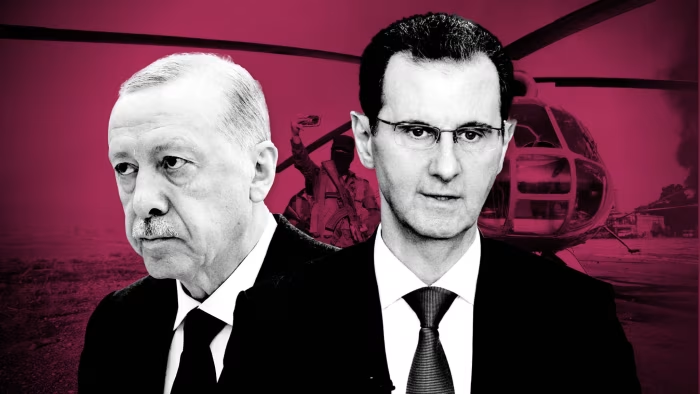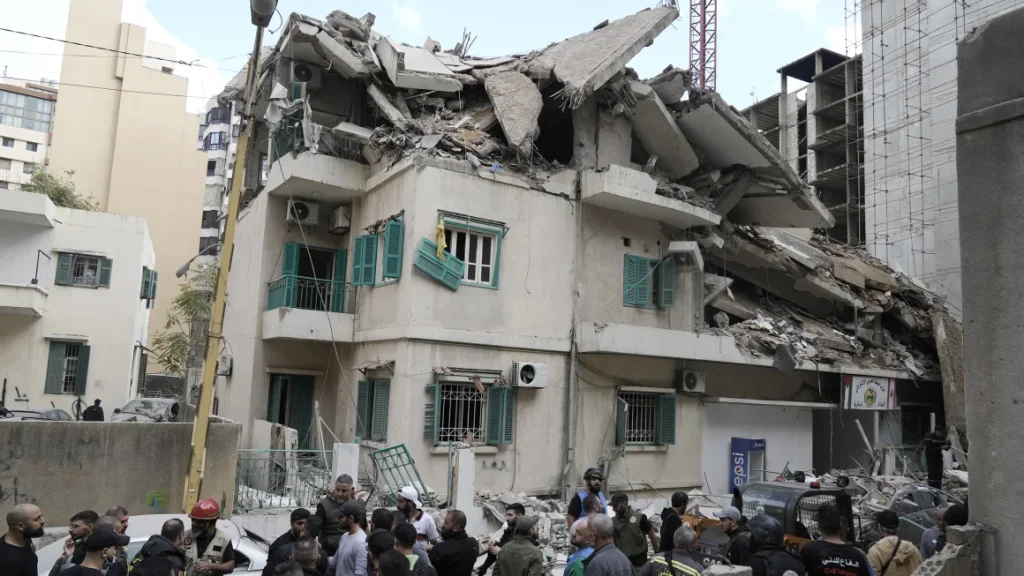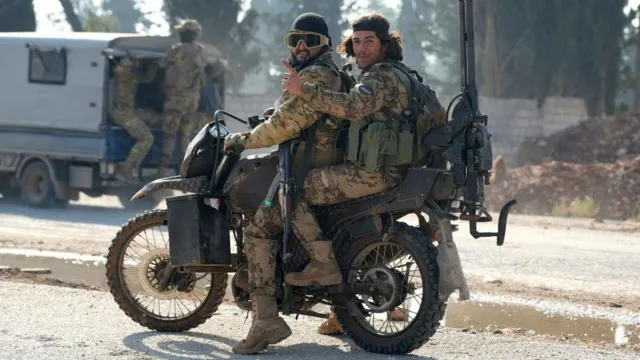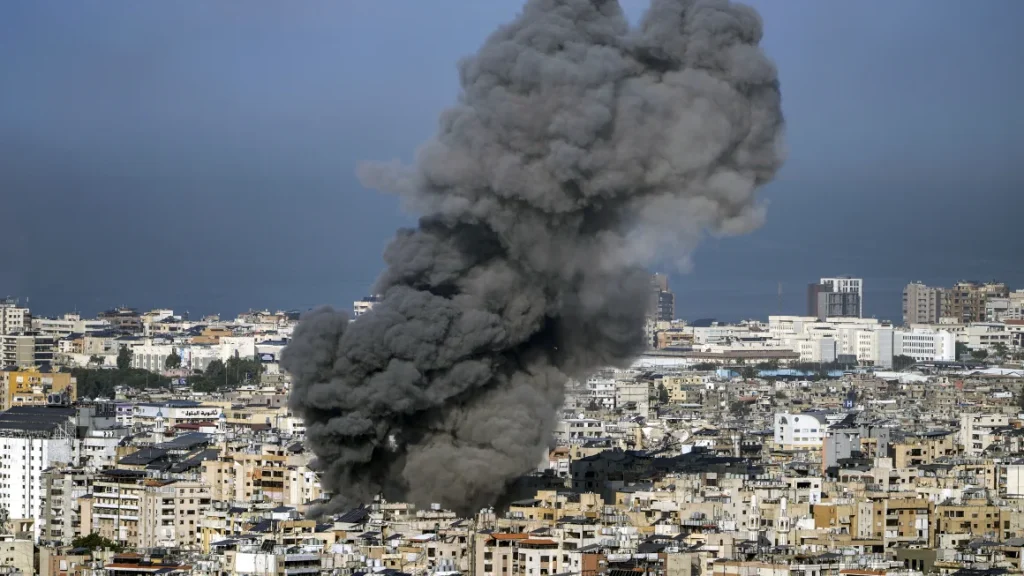Syria: Rebels near Homs as thousands flee, monitor says
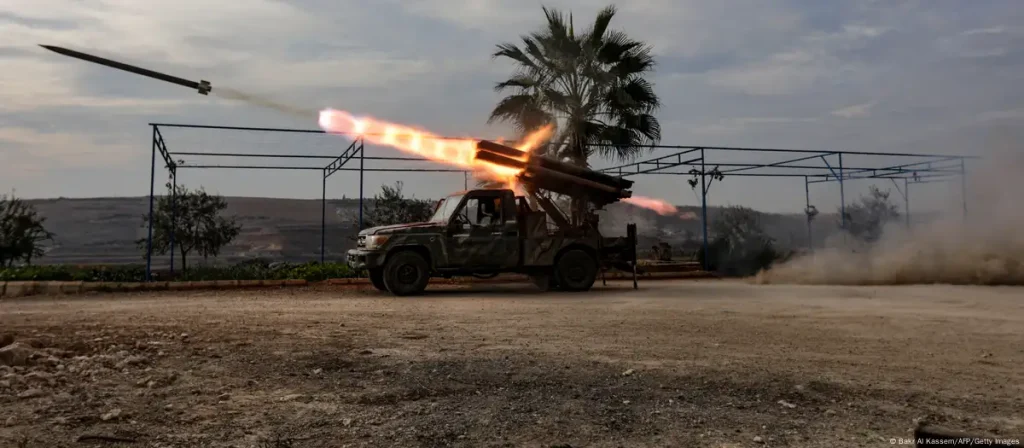
In the latest escalation of the ongoing Syrian conflict, rebel forces have reportedly advanced near the strategic city of Homs, leading to growing fears of further instability in the region. According to the Syrian Observatory for Human Rights (SOHR), an independent monitoring group, the military and humanitarian situation in Homs is rapidly deteriorating, with thousands of civilians fleeing the area in search of safety.
The Situation in Homs
Homs, often referred to as the “capital of the revolution,” has been a focal point in Syria’s civil war, which began in 2011. Over the years, the city has been the site of heavy fighting between government forces loyal to President Bashar al-Assad and various opposition groups, including Islamist factions and Kurdish forces. The city, located in central Syria, is strategically important as it lies on the main highway linking the capital, Damascus, to the coastal areas of the country, which are home to key military and economic infrastructure.
The recent reports of rebels approaching Homs are a worrying development, as it could mark the beginning of a renewed offensive to retake control of the city. Rebel forces in the region have reportedly been bolstered by fighters from various groups, including both local militias and foreign-backed forces. In response, government troops have been deploying reinforcements to the area, leading to intense clashes and airstrikes, further exacerbating the already dire humanitarian situation.
The Humanitarian Crisis
As the fighting intensifies near Homs, the civilian population is once again caught in the crossfire. Thousands of families have been forced to flee their homes to escape the violence, heading toward safer areas in neighboring towns and cities. Many are seeking refuge in refugee camps, while others are attempting to cross the border into Lebanon, Jordan, or other neighboring countries.
The mass displacement is exacerbating an already overwhelmed humanitarian system. Relief agencies operating in the region have reported difficulties in providing aid due to the ongoing fighting and limited access to affected areas. The situation has created significant hardships for families, many of whom have already been displaced multiple times since the start of the conflict.
Furthermore, with the continued instability, there are increasing concerns about the spread of disease, lack of access to essential services like healthcare, and the overall long-term impact on the population’s well-being.
Rebel Movements and Government Response
Rebel groups in the area surrounding Homs have been regaining momentum, capitalizing on the perceived weakening of the government’s position in some regions. These groups, which include factions like the Free Syrian Army (FSA), have reportedly formed alliances with other opposition groups, creating a more cohesive and effective fighting force.
In response, Syrian government forces, supported by Russian airstrikes and Iranian-backed militias, have launched military operations to push back against the rebels and prevent them from advancing further into key territories like Homs. The government’s strategy focuses on airstrikes, artillery bombardments, and the use of ground forces to regain control of areas lost to rebel groups.
However, the government’s tactics have raised concerns regarding the protection of civilians. The use of heavy bombardments, including barrel bombs and chemical weapons, has been documented in the past, and there are fears that similar tactics could be employed again, leading to more civilian casualties and widespread destruction.
International Involvement and Reactions
The situation in Homs is also drawing attention from international actors, who continue to be involved in the Syrian conflict, either directly or through proxies. Russia, a key ally of the Assad regime, has been providing air support to Syrian government forces, while Iran has deployed military advisers and fighters to support Assad’s government. On the other hand, the U.S. and its allies have supported various opposition groups, including Kurdish forces, although the political landscape among these groups is fractured, complicating any coordinated effort.
The international community has expressed concerns about the escalating violence and the humanitarian impact on civilians. Human rights organizations and the United Nations have called for an immediate ceasefire to allow for the delivery of aid and to protect innocent lives. However, despite these calls, the conflict shows little sign of abating, as both sides remain entrenched in their positions.
Impact on the Broader Syrian Conflict
The renewed fighting near Homs is just one of many flashpoints in Syria’s broader conflict, which has seen various factions vying for control of the country since 2011. The war has resulted in the deaths of hundreds of thousands of people and displaced millions, both internally and across borders.
While some parts of Syria have seen relative stability in recent years, particularly areas controlled by the Assad government, many regions remain volatile, with local rebel groups continuing to challenge government authority. The persistence of these opposition movements in areas like Homs, Idlib, and Eastern Ghouta highlights the fractured nature of Syrian society and the enduring divisions between different ethnic, sectarian, and political groups.
Additionally, the involvement of external powers, including the U.S., Russia, Turkey, and Iran, continues to complicate efforts toward a peaceful resolution. Despite multiple rounds of peace talks, a lasting political solution remains elusive, with the Assad government and opposition factions unwilling to make significant concessions.
As the situation near Homs continues to develop, the international community faces difficult questions about how to address the ongoing conflict and provide meaningful support to the Syrian people. Calls for a political solution have been ongoing for years, but with no clear path forward, the humanitarian crisis in Syria is likely to deepen.
For the people of Homs and other war-torn regions, the prospects for peace seem distant, with many left to navigate a daily reality of violence, displacement, and uncertainty. The international community must prioritize diplomatic efforts while simultaneously ensuring that humanitarian aid reaches those most in need, including through negotiated ceasefires or safe zones.
Until a comprehensive political settlement is reached, the people of Syria, particularly those in cities like Homs, will continue to bear the brunt of the conflict, with no end in sight to their suffering.


